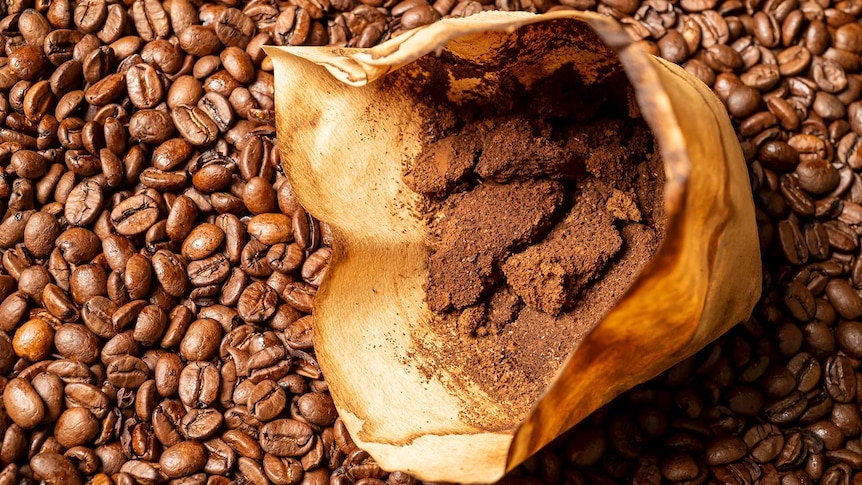It’s been a turbulent year for coffee futures on the Intercontinental Exchange (ICE: KCN25). If you blinked, you might have missed one of the most dramatic commodity stories of the past twelve months. Coffee prices have swung from historic lows to all-time highs, only to tumble back down, leaving traders, roasters, and coffee lovers alike wondering what just happened.
Let’s rewind to July 7, 2024. Coffee futures were trading at just $1.60 per pound. Fast forward to April 29, 2025, and the price had rocketed to $4.18 per pound, setting a new record for the commodity. That’s a 161 percent jump in less than ten months, a move that caught even seasoned market watchers off guard.
But the party didn’t last. As of today, coffee futures had dropped to $2.84 per pound, a steep 31 percent fall from the April peak. To put this into perspective, the market gave up nearly a third of its value in just over two months.
Coffee prices have surged sharply due to a combination of factors converging in 2024-2025. The 2024-2025 harvest in Brazil, the world’s largest coffee producer, suffered from severe drought and frosts, significantly reducing Arabica yields and tightening global supply. This was compounded by logistical bottlenecks, including port congestion and container shortages, which delayed shipments and raised transportation costs. Meanwhile, geopolitical tensions and fears of new tariffs, particularly between the US and major exporters like Colombia, further unsettled markets. Speculative buying intensified the price rise, with coffee futures investments reaching unprecedented levels amid expectations of ongoing shortages. Additionally, major European ports experienced historic drawdowns in coffee inventories in early 2025, signaling demand outpacing supply. These supply constraints, combined with rising global demand, especially from emerging markets such as China and India, have pushed coffee prices to record highs, with ground roast coffee in the US reaching around $7.25 per pound by early 2025. While forecasts suggest some price stabilization later in 2025 and 2026 as production recovers, climate change and supply chain challenges continue to pose risks to the coffee market.
After reaching a peak in April, the market narrative shifted rapidly by late June 2025. Brazil’s coffee harvest progressed significantly, with 31 percent of the crop collected by June 27, aided by dry weather that accelerated harvesting. This influx of new beans alleviated fears of a prolonged shortage. At the same time, strong export volumes from Vietnam and other major producers further eased supply concerns, exerting downward pressure on prices. As the fundamental outlook improved, many speculators who had driven prices up began to exit their positions, leading to a swift and sharp market correction.
Looking ahead, the coffee market remains volatile. Analysts point to ongoing weather risks in Brazil and the potential for further surprises in global trade policy. But for now, the panic buying has subsided, and the market is finding its footing closer to historical averages.
For those tracking ICE: KCN25, the lesson is clear: coffee is as much about weather, politics, and speculation as it is about your morning cup.

